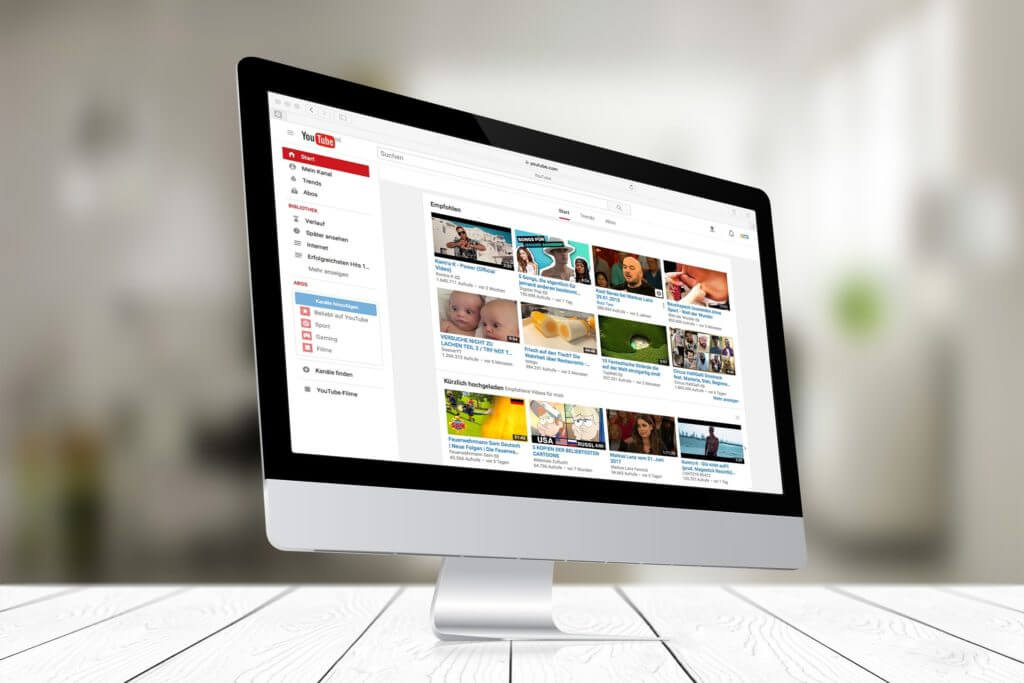Do you have dreams of running your own business one day? Building and scaling a high-growth startup, while by far the most difficult way to make money online, arguably has the most potential upside.
By the 3rd quarter of 2017, Venture Capitalists had invested
over $61 billion into close to 6,000 startups in the US alone.
There’s money in the air, and if you can successfully create an online service, tool, or marketplace that fulfills a rapidly growing need in the marketplace, you could be on track for creating a very valuable business. However, it’ll undoubtedly take an intense dedication of time, efforts, and financial resources.
Unlike a lot of the other businesses we’re going to cover, startup founders face a whole slew of variables and roadblocks that can get in the way of success.
For one, you’ll want to have a high level of domain experience within the industry your startup is going to operate. This means a deep understanding of your customers, the issues they face, and an idea of potential solutions they’ll be willing to pay for. This is the minimum you need to get started.
After that, you’ll need to be familiar with the other major players in the space who might be good partners or acquisition opportunities, as well as an intimate knowledge of how to raise funding, market your product, hire and manage the best talent, and keep yourself financially above water.
*Whew*
Now, this may sound like a lot, but the payoff is worth it.
So where do you start when building a startup?
The most important thing you need before you do anything else is a problem. What do people need that they don’t have? What solution is currently out there that you can do better? This alone is the basis of every great startup.
Once you have that problem or need nailed, the next step is to validate that idea and make sure you’ve actually got customers who will pay for it. This means building a minimum viable product, getting objective feedback from real customers, incorporating updates, testing the market for demand, and getting pricing feedback to ensure there’s enough of a margin between your costs and what consumers are willing to pay.
You’ll need some money in order to make money online in this case
Startups can cost quite a bit to get off the ground. So with your idea and market validation solidified, there are a few different paths you can follow to get your initial “seed” cash:
- Bootstrap: This means you’ll be self-funding your business. While not everyone will have the funds to pay for everything they need to start a startup, bootstrapping means that you retain 100% control over your company. If you can bootstrap your company to an exit or IPO, you’ll most likely never have to work another day in your life.
- Pitch to VCs/Angels/other investors: If you need some serious cash to grow your startup, you’ll want to put together a pitch deckand reach out to investors who might want to give you the money you need in return for a stake in your company.
- Join a startup accelerator:Another great option is to apply to a startup accelerator like Y Combinator, 500 startups, or TechStars, where a group of investors will help coach you, connect you with potential partners, and provide startup cash in return for a small stake in your company. The competition is tough to get into these, so don’t rely on them as your only path forward.
Once you’re off the ground, it’s all about customer acquisition, market validation, more funding, and growth.







